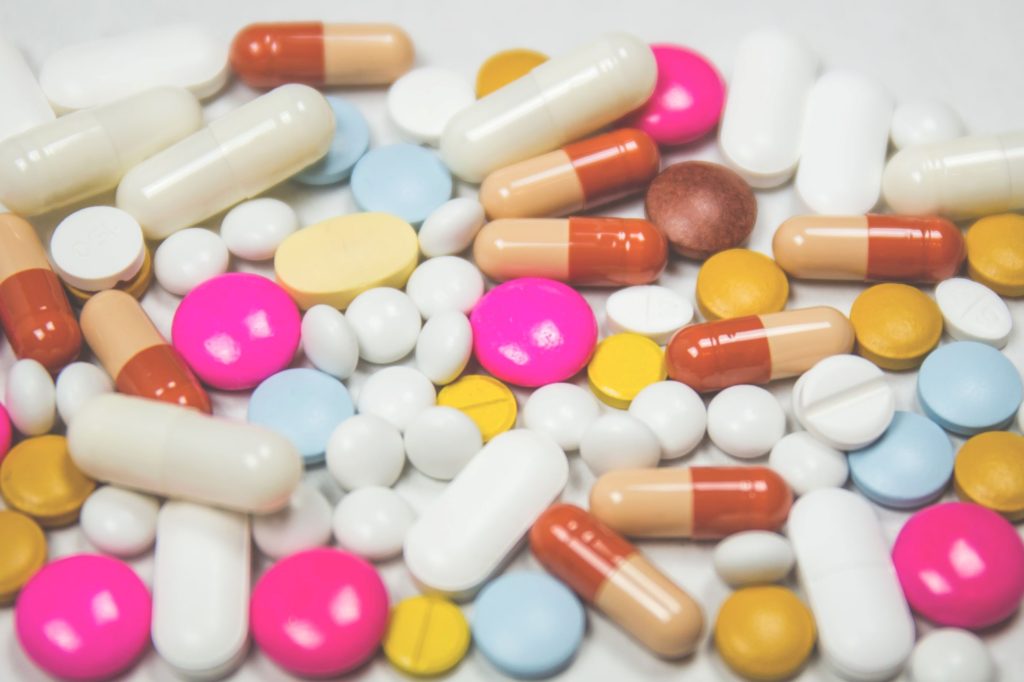
Vitamin B2—Riboflavin | Fat burning |Serving and deficiency
Riboflavin—Vitamin B2 in Brief
- Main function: energy metabolism.
- RDA: men, 1.3 mg; women, 1.1 mg.
- No toxicity reported, no upper intake level set.
- Deficiency condition: ariboflavinosis.
- Healthy food sources: whole grains and leafy green vegetables.
- Degradation: easily destroyed by light, especially ultraviolet light.
- Coenzyme forms: Flavin Adenine Dinucleotide (FAD) and Flavin Mono Nucleotide (FMN)
Early developments of vitamin B2
Riboflavin was discovered as a growth factor in the early nineteenth century. Riboflavin has a greenish-yellow color, which led to one of its early names, vitamin G .In 1935, riboflavin was first synthesized in the lab, and by 1938, its structure was determined. When it is taken in excess of needs, riboflavin is responsible for the bright yellow colour of urine. In healthy individuals, the B vitamins including riboflavin are readily absorbed from the gastrointestinal tract, mainly in the duodenum. However, this is not the case for those suffering from malabsorption disorders or alcoholism.
Vitamin B2 is metabolized or broken down by the liver, and its metabolites are eliminated by the kidneys. The vitamin or its breakdown products are found in all body tissues, especially the liver, spleen, kidneys and heart, and in breast milk. Excess B2, beyond the body’s requirements, is excreted mostly unchanged in the urine and feces. Riboflavin is found in retinal pigment and appears to be essential in the eye’s ability to adjust to light.
Deficiency of B2
Riboflavin deficiency is associated with the increased oxidative stress that can be caused by free radicals. A deficiency of riboflavin will reduce the efficiency of glutathione, an important antioxidant. In fact, measurement of glutathione reductase activity in red blood cells is used to assess the nutritional deficiency of riboflavin.
Ariboflavinosis, or vitamin B2 deficiency, is a rare form of malnutrition or malabsorption that causes angular stomatitis and cheilosis (soreness in the mouth and tongue and cracks in the corners of the mouth), corneal vascularization and dermatosis (rashes in the genital area and dryness of the skin on the face).
Animal studies suggest that a lack of riboflavin may inhibit the production of antibodies to protect against infections and increase susceptibility to esophageal cancer. Persons highly sensitive to light and those with cataracts may have B2 deficiency, and increasing intake may improve or prevent these troublesome problems.
RECOMMENDED DIETARY REQUIREMENTS (RDA) FOR RIBOFLAVIN
| Category | Age | Dosage in Mg |
| Infants and children | birth to 6 months | 0.4 |
| 6 to 12 months | 0.5 | |
| 1 to 3 years | 0.8 | |
| 4 to 6 years | 1.1 | |
| 7 to 10 years | 1.2 | |
| Adolescent and adult females | 11 to 50 years | 1.3 |
| 51 years and older | 1.2 | |
| Pregnant females | 1.8 | |
| Lactating females | first 6 months | 1.6 |
| second 6 months | 1.7 | |
| Adolescent and adult males | 11 to 14 years | 1.5 |
| 15 to 18 years | 1.8 | |
| 19 to 50 years | 1.7 | |
| 51 years and older | 1.4 |
BEST FOOD SOURCES OF RIBOFLAVIN AND AMOUNT OF RIBOFLAVIN YOU GET PER SERVING
| Food | Serving | Gms | Riboflavin you get |
| Whole White bread | 2 slices | 92 | 0.20 mg |
| Broccoli Cooked | 1 cup | 80 | 0.10 mg |
| Green Beans | 1 cup | 125 | 0.125 mg |
| Milk | 1 cup | 250 | 0.350 mg |
| Cheddar Cheese | 1 Slice | 28 | 0.1 mg |
| Hard Boiled egg | 1 Egg | 50 | 0.25 mg |
| Chicken Breast | 1 breast | 98 | 0.1 mg |
| Avocado | 0.5 fruit | 152 | 0.05 mg |